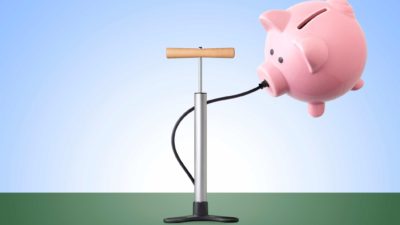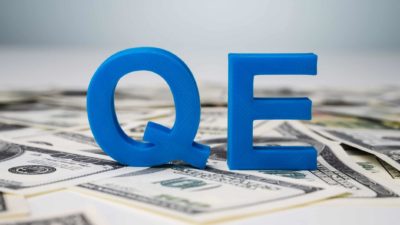The ASX looks set to back up last week's miraculous recovery with another week of gains this week before Easter.
At the time of writing, the S&P/ASX 200 Index (ASX: XJO) has notched up another 2.55% gain to 5,339 points. That means since the start of the week, the ASX 200 has added 5.4%. And that comes on top of the 4.6% the ASX banked last week.
While most ASX investors would be rejoicing at this turn around of fortunes, there would be some investors gnashing their teeth right now.
I'm referring here to short-sellers – investors who bet against the market and profit when it falls. It's a strategy that's seen a lot of increased attention in recent weeks, for obvious reasons.
True short selling involves borrowing another investor's shares, selling them, and then buying back at a later date and returning the shares. It's a strategy that's traditionally only really available to institutional and 'sophisticated' investors – and far outside the reach of your average retail investor on the street.
But the rising popularity of exchange-traded funds has changed this paradigm.
One such ETF is the BetaShares Australian Equities Strong Bear Hedge Fund (ASX: BBOZ).
This fund (readily available on the ASX) is a 'short ETF' – meaning it is structured in a way that allows its value to rise when the value of the ASX 200 falls. It's a 'short' for the average investor.
Now on the surface, this might appeal to many investors out there. But it might just be a whole lot more dangerous than it initially appears.
Firstly, this fund is not your typical ETF. It doesn't hold underlying stocks, rather a bunch of derivative contracts, which enable the fund to profit if the broader index falls in value. In this way, you have no real assets underneath as you might in a 'normal' ETF.
Secondly, it's not suitable for a long-term investment (in my view anyway). BetaShares makes it clear this ETF is 'reset' at the end of each trading day, which involves some value destruction. To illustrate, the fund has returned -9.79% per annum since its inception in April 2015. That compares with the ASX 200 returning 1.42% per annum over the same period. As you can see, the values don't correspond too well. Another thing to consider is its management fee of 1.38% per annum.
Foolish takeaway
I admit that some investors might find this ETF a useful one, but for me, the risks outweigh the potential rewards. For instance, over the last 2 weeks, the fund has lost significant value, all while the broader ASX 200 has recovered. This is not much more than a device that enables you to take a punt on what direction the markets might go next. So have a punt if you'd like, but don't expect better odds than flipping a coin!







